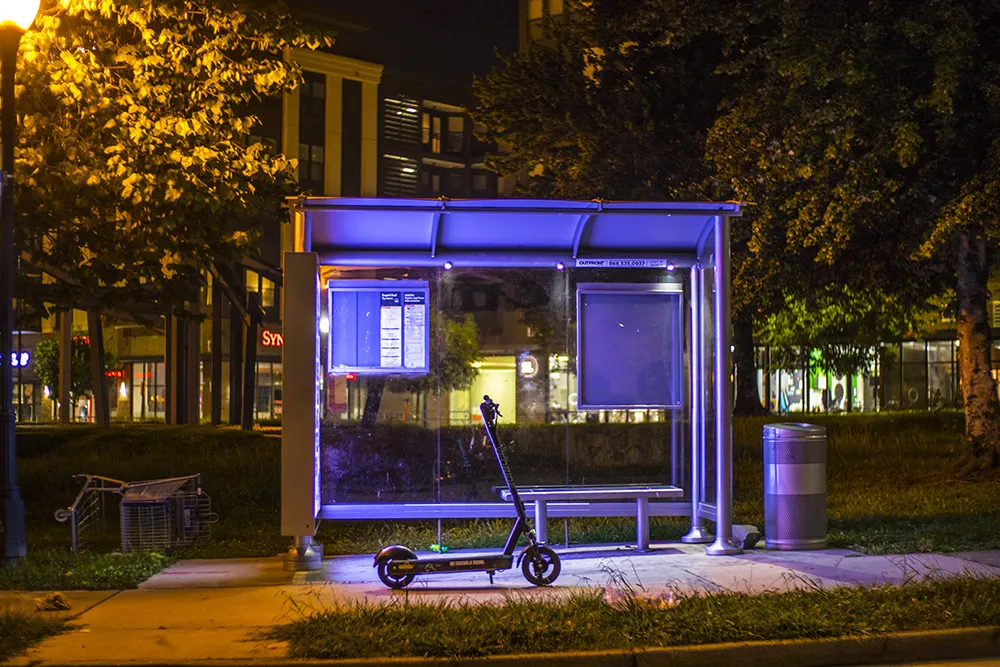A new study by the Institute for Transport Studies (ITS) at the University of Leeds, commissioned by the Low Carbon Vehicle Partnership (LowCVP) and the Institution of Mechanical Engineers (IMechE) finds that better coordination and connectivity between vehicles and infrastructure is likely to improve energy efficiency, as well as potentially make road transport safer and quicker.
The LowCVP says that the combination of connectivity, automation plus shared vehicle ownership and use has the potential to m
July 1, 2016
Read time: 2 mins
A new study by the Institute for Transport Studies (ITS) at the 2153 University of Leeds, commissioned by the Low Carbon Vehicle Partnership (LowCVP) and the 5025 Institution of Mechanical Engineers (IMechE) finds that better coordination and connectivity between vehicles and infrastructure is likely to improve energy efficiency, as well as potentially make road transport safer and quicker.
The LowCVP says that the combination of connectivity, automation plus shared vehicle ownership and use has the potential to make car travel greener and cheaper, cutting energy use and helping accelerate the introduction of low carbon vehicles. However, these energy and carbon benefits are by no means guaranteed and will require strategic policy interventions to maximise them according to the study.
The research suggests that in order to realise the potential to make car travel greener and cheaper much more work needs to be done to encourage shared car ownership. Government policy can provide a supportive environment for new mobility services to develop by delivering open data protocols, supporting technology incubation and providing local authorities with resources to enhance skills and offer incentives to local mobility service companies.
There are potential challenges, though, in that energy demand and traffic may increase, say the researchers, as car travel becomes more popular due to the fact that autonomous cars leave the occupant free to use travel time for other activities. Amongst other policy responses could be a need for demand management to mitigate against unsustainable increases in the use of cars. Potential policies might include road user charging, low emission zoning and regulating empty running.
The researchers say that achieving the desired combination of outcomes related to carbon, energy, air quality, safety and accessibility will need careful, synergistic and timely policy design with coordination between the automotive and telecommunication industries, transport system operators and mobility service providers.
They say that regulations or innovative policies may be required to encourage manufacturers to provide efficiency optimising features like automated eco-driving, eco-routing, platooning or energy saving algorithms in the vehicles.
Low carbon, alternative fuel pumps and charging stations need to be planned and designed for automated, unattended dispensing or charging in order to alleviate the inconveniences of refuelling these vehicles and encourage their uptake, according to the researchers.
The LowCVP says that the combination of connectivity, automation plus shared vehicle ownership and use has the potential to make car travel greener and cheaper, cutting energy use and helping accelerate the introduction of low carbon vehicles. However, these energy and carbon benefits are by no means guaranteed and will require strategic policy interventions to maximise them according to the study.
The research suggests that in order to realise the potential to make car travel greener and cheaper much more work needs to be done to encourage shared car ownership. Government policy can provide a supportive environment for new mobility services to develop by delivering open data protocols, supporting technology incubation and providing local authorities with resources to enhance skills and offer incentives to local mobility service companies.
There are potential challenges, though, in that energy demand and traffic may increase, say the researchers, as car travel becomes more popular due to the fact that autonomous cars leave the occupant free to use travel time for other activities. Amongst other policy responses could be a need for demand management to mitigate against unsustainable increases in the use of cars. Potential policies might include road user charging, low emission zoning and regulating empty running.
The researchers say that achieving the desired combination of outcomes related to carbon, energy, air quality, safety and accessibility will need careful, synergistic and timely policy design with coordination between the automotive and telecommunication industries, transport system operators and mobility service providers.
They say that regulations or innovative policies may be required to encourage manufacturers to provide efficiency optimising features like automated eco-driving, eco-routing, platooning or energy saving algorithms in the vehicles.
Low carbon, alternative fuel pumps and charging stations need to be planned and designed for automated, unattended dispensing or charging in order to alleviate the inconveniences of refuelling these vehicles and encourage their uptake, according to the researchers.










